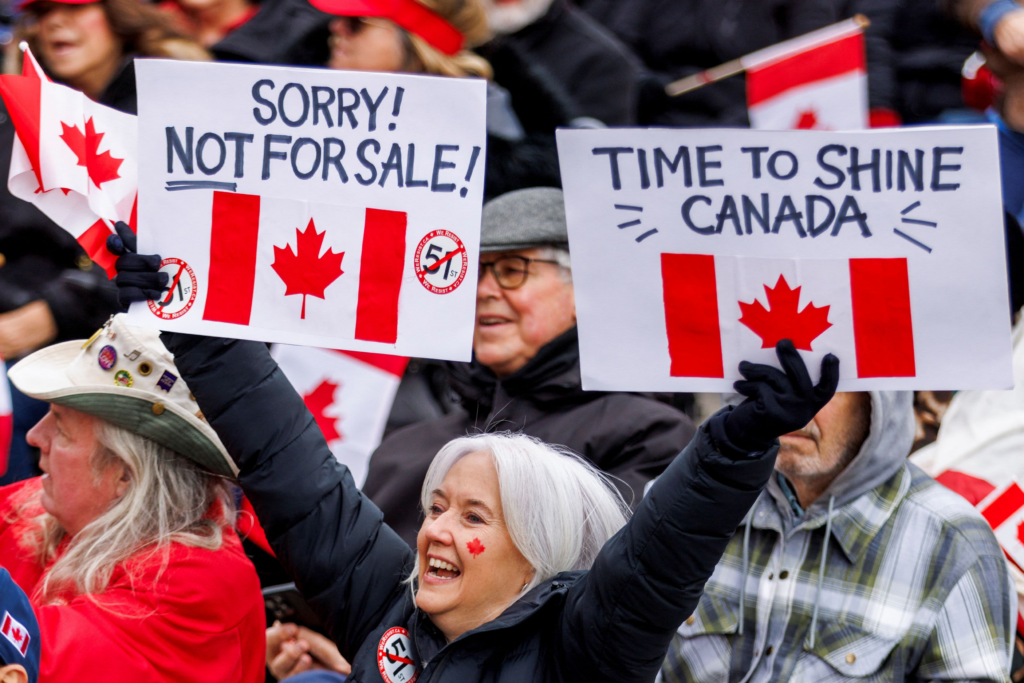
The United States is facing a significant downturn in tourism as Canadian visitors—traditionally the largest group of international travelers to the U.S.—are increasingly canceling trips south of the border. This trend, driven by political tensions, economic factors, and retaliatory boycotts, threatens to exacerbate the U.S.’s already substantial $51 billion travel deficit.
The Scale of the Decline
In February 2025, land crossings by Canadians returning from the U.S. plummeted by 23% year-over-year, while air travel dropped by 13%, marking the steepest declines since 2021 67. Border cities like Niagara Falls and Bellingham, Washington, saw hotel demand fall by 3.5% and 8%, respectively, though Florida—a top Canadian destination—bucked the trend with a 3% increase 1. The U.S. Travel Association warns that a 10% reduction in Canadian travel could cost the U.S. $2.1 billion in lost spending and 14,000 jobs, with Florida, California, and New York most affected.
Root Causes: Politics and Economics
The downturn stems from multiple factors:
- Political Tensions: President Donald Trump’s threats to annex Canada as the “51st state” and impose 25% tariffs on Canadian goods have sparked outrage. Former Prime Minister Justin Trudeau urged citizens to “choose Canada” for vacations, promoting domestic tourism as a patriotic alternative.
- Economic Pressures: The weakened Canadian dollar has made U.S. trips more expensive. Travelers like Montreal’s Lara Harbachian switched plans from U.S. destinations to Barcelona, where meals and hotels offer better value.
- Travel Advisories: Germany, the UK, and other European nations have issued warnings about U.S. entry policies, particularly for travelers with non-binary gender markers, further deterring international visitors.
Industry Fallout and Broader Implications
The tourism sector, still recovering from pandemic losses, now faces a dual crisis: declining international arrivals and softening domestic demand. Airlines like United and Delta report reduced bookings, while tour operators note cancellations of U.S. itineraries by Canadian groups 48. The U.S. travel deficit—where Americans spend $51 billion more abroad than foreign visitors spend in the U.S.—could widen, undermining an industry that contributes 8% of U.S. exports.
Can the U.S. Recover?
Efforts to counter the slump include a White House task force for the 2026 FIFA World Cup, aimed at showcasing U.S. hospitality 1. However, analysts warn that reversing perceptions of unwelcomeness will require policy shifts and diplomatic outreach. As Tourism Economics revises 2025 forecasts to a 5% drop in international visits—down from an expected 9% increase—the stakes for the U.S. economy are clear.
In summary, the decline in Canadian travel reflects broader challenges for U.S. tourism, blending economic headwinds with geopolitical friction. Without corrective action, the sector risks long-term damage to its global standing and economic contribution.













